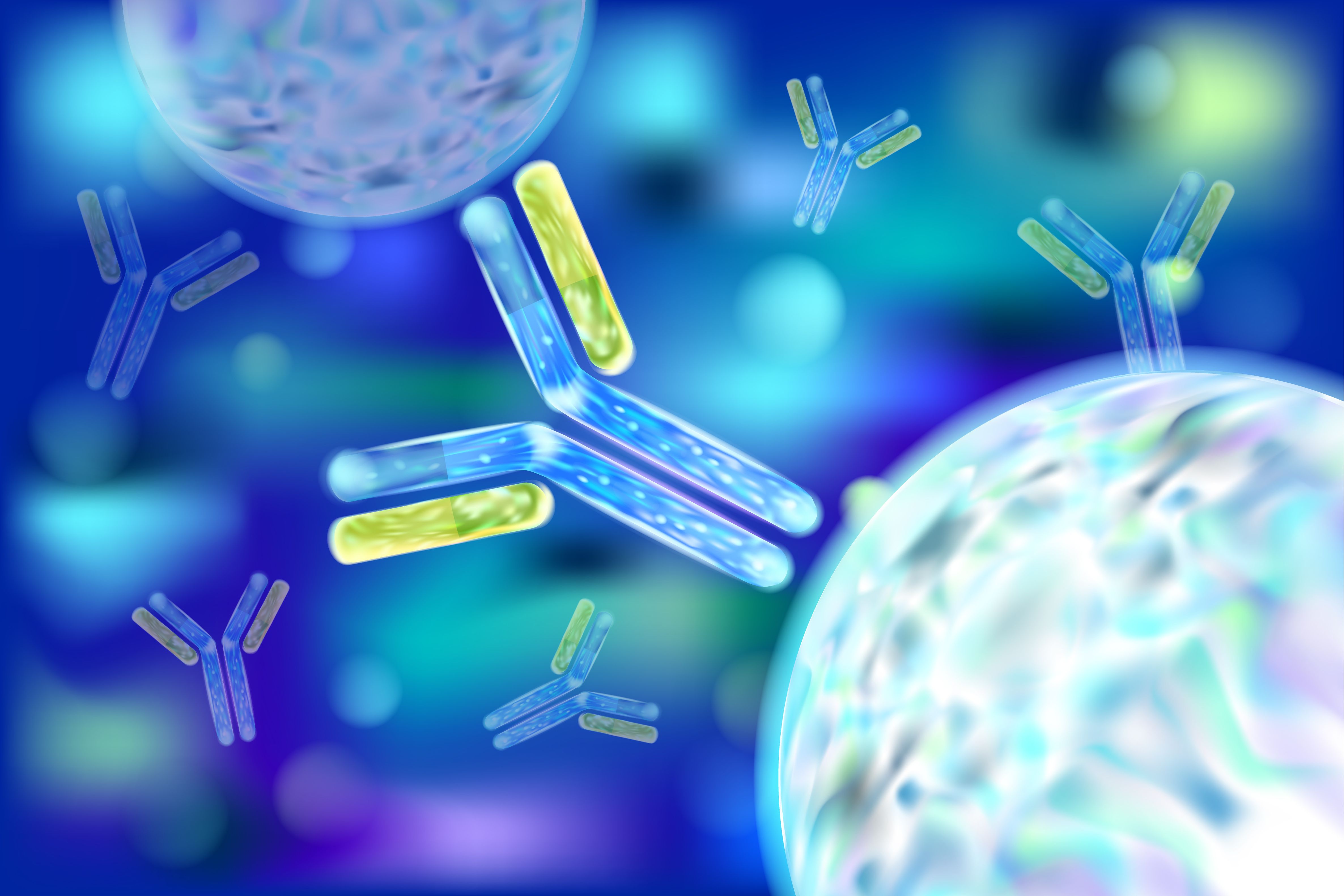Article
Cutaneous Reactions to Disease-Modifying Multiple Sclerosis Therapies Are Common, but Do Not Appear to Affect Generic Quality-of-Life Scores
Author(s):
Cutaneous reactions occurred in most participants in a Netherlands-based multiple sclerosis therapy study, lowering dermatologic-specific quality-of-life scores.
Cutaneous reactions occurred in most participants in a Netherlands-based multiple sclerosis therapy study, lowering dermatologic-specific quality-of-life scores.
Although the results of a recent study suggest that severe cutaneous reactions to disease- modifying multiple sclerosis (MS) therapy are relatively common, the reactions only somewhat limit patients’ quality of life.
The study, published in the October 16, 2013, edition of BMC Neurology, analyzed 229 participants with relapse-remitting MS or clinically isolated syndrome suggestive of MS, who received treatment with their first disease-modifying therapy for at least 2 years, and assessed both generic quality-of-life and dermatologic quality-of-life scores. Treating neurologists assessed skin reactions during study visits and recorded reactions reported by participants. In addition, digital photographs of all participants’ injection sites were taken and then assessed by dermatologists.
More than half—68%—of patients had at least 1 cutaneous adverse event, according to the dermatologists’ assessments. The rate was comparable to that of the participants’ self-reporting, although it was consistently lower than the prevalence of reactions reported by neurologists, the authors noted.
Disease-modifying therapies included in the study were subcutaneous glatiramer acetate, subcutaneous interferon beta-1a, intramuscular interferon beta-1a, and subcutaneous interferon beta-1b.
Nineteen percent of participants received glatiramer acetate, 26% of participants received interferon beta-1b, 29% received subcutaneous interferon beta-1a, and 26% received intramuscular interferon beta-1a.
Within the treatment arms, 24 of the 59 participants receiving intramuscular interferon beta-1a experienced cutaneous adverse events, which was the lowest frequency in all of the treatment arms. The frequency of cutaneous events was comparable within the other treatment arms, with 75% of participants receiving either glatiramer acetate or subcutaneous interferon beta-1b experiencing symptoms, and 82% of participants in the subcutaneous interferon beta-1a group experiencing symptoms.
Erythema and lipoatrophy were the most common reactions, and were observed in 68% and 20% of participants, respectively, whereas ecchymosis was observed in 9% of participants, postinflammatory hyperpigmentation was observed in 7% of participants, eczema-like reactions were observed in 6% of participants, healed scars were observed in 3% of participants, and urticaria was observed in 2% of participants. Skin necrosis, varicose veins, and subcutaneous swelling were observed in just 0.4% of participants each.
Although redness or rash was the most common skin reaction among all treatment arms, participants receiving intramuscular interferon beta-1a had the lowest proportion of that reaction compared with the other 3 therapies. Lipoatrophy, the second most common skin reaction, was seen mostly in participants receiving glatiramer acetate, whereas participants receiving subcutaneous interferon beta-1b and glatiramer acetate were more likely to experience postinflammatory hyperpigmentation. Eczema also had a higher prevalence in participants receiving subcutaneous interferon beta-1b than in the other treatment arms. Cutaneous ulcers had a higher prevalence in participants receiving glatiramer acetate.
The infrequent occurrences of other reactions meant researchers were unable to assess prevalence based on therapy type.
“Local injection-site reactions as erythema appear to be dependent on the mode of administration, because the subcutaneous DMTs [disease-modifying therapies] are in particular associated with erythema, while patients treated with once weekly intramuscular DMT had the lowest prevalence of erythema,” the authors wrote. “By contrast, the occurrence of lipoatrophy seems to be associated with the DMT rather than with mode of administration.”
Most study participants—58%—indicated that it was important that their treatment did not cause cutaneous adverse events, whereas 32% said it was of little importance, and 10% felt it was not important. Among the 126 participants reporting cutaneous adverse reactions to therapy, 19% felt the reactions were very disfiguring cosmetically, 41% felt the reactions were a little disfiguring, and 17% felt the reactions were not disfiguring at all.
Skin reactions had little affect on participants’ generic quality of life, however, as the quality-of-life utility score and participants’ self-reported quality-of-life scores were comparable between participants who did not experience cutaneous reactions and those who did.
Dermatology-specific quality-of-life scores were lower among participants experiencing cutaneous reactions, the authors noted. Nevertheless, the proportion of participants with severe quality-of-life impairments was small, with 4% of participants reporting a severe quality-of-life impairment, and 8% of participants indicating a large impact on their quality of life.






